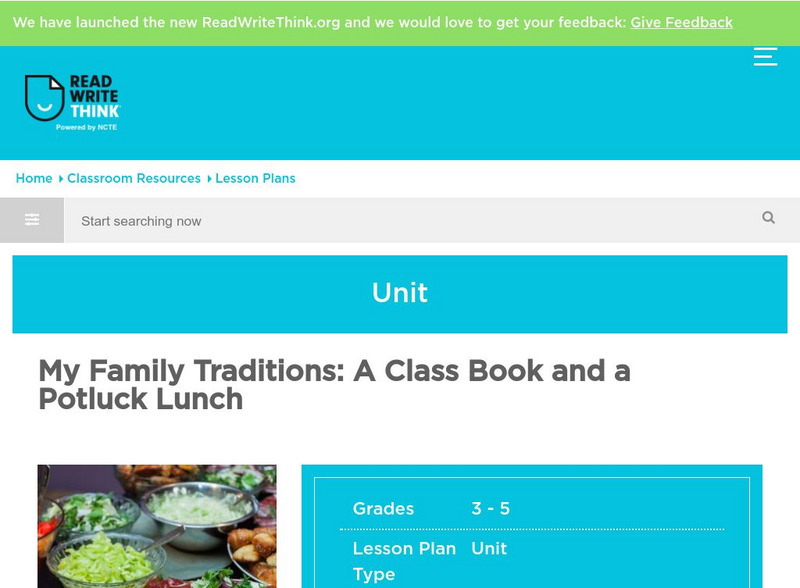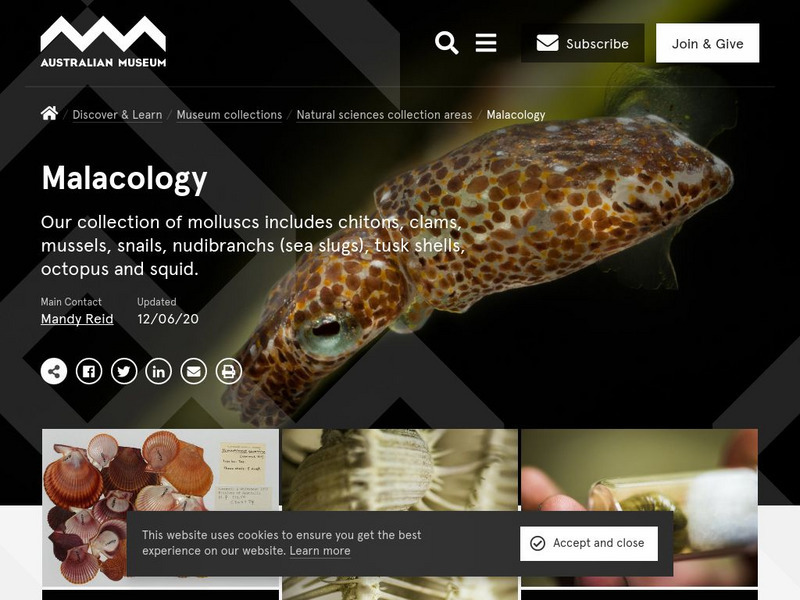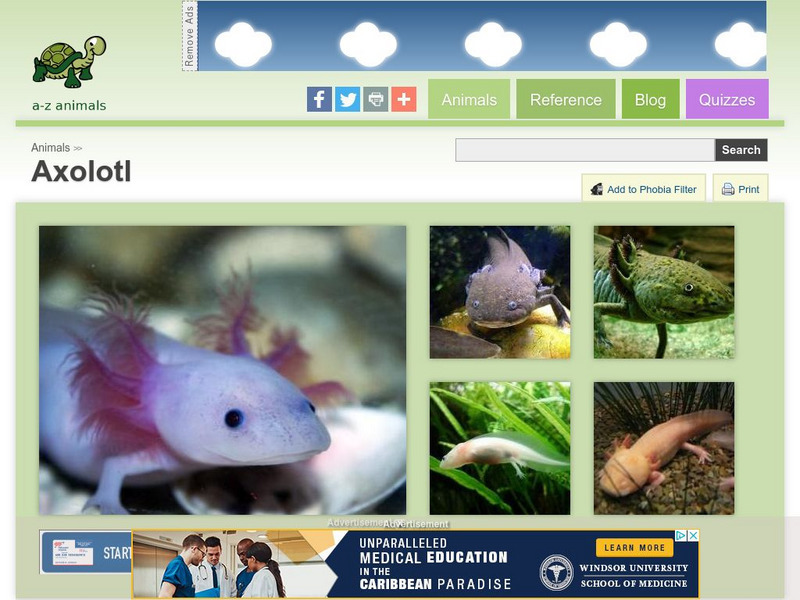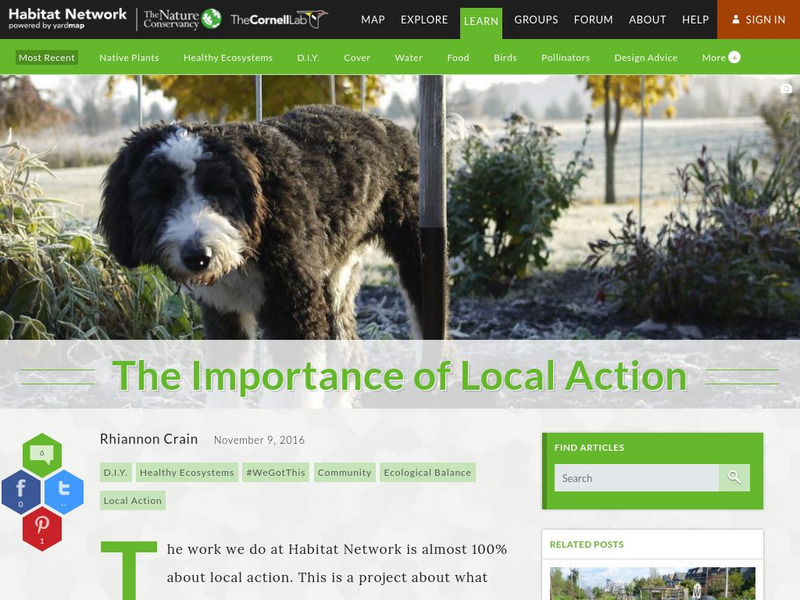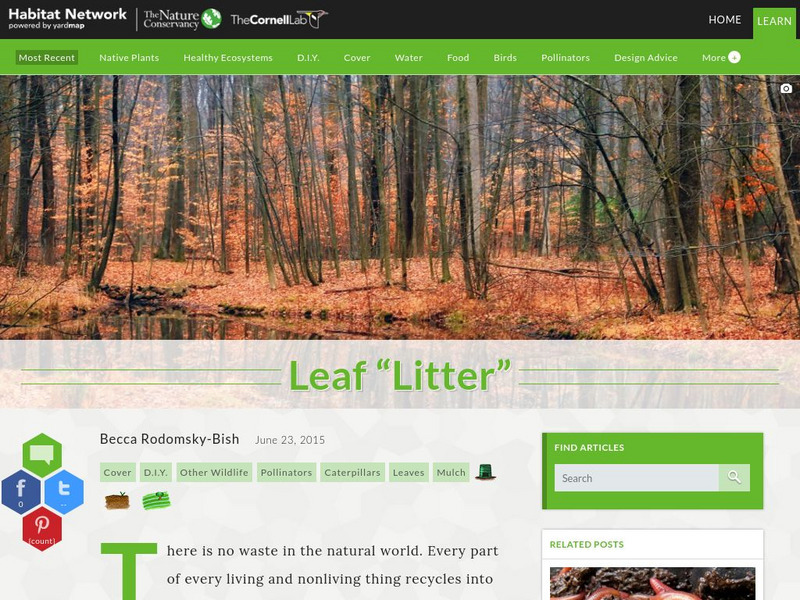ReadWriteThink
Read Write Think: My Family Traditions a Class Book and a Potluck Lunch
Contains plans for eleven lessons that teach about family traditions and diversity using the book "Family Pictures/Cuadros de Familia" by Carmen Lomas Garza. In addition to objectives and standards, this instructional plan contains links...
United Nations
Un: Human Rights Council, Warns That Rights Violations "Will Not Disappear."
This 2016 article from the United Nations Human Rights Council chief highlighted the challenges confronting the international community and expressed particular concern over attempts by countries to block human rights scrutiny.
PBS
Pbs: Arab Americans: In the Aftermath of the Terrorist Attacks on the u.s.
Enlightening students can sometimes be difficult, and this lesson tries to make it easier. In this lesson students will be asked about Arab Americans and about issues such as stereotyping.
Indiana University
Iu: Literature as Lessons on the Diversity of Culture
Very scholarly article that looks at the role literature helps teach us about the diversity of our culture. The author looks at various aspects of literature and then gives teacher resources and a helpful bibliography.
University of California
Understanding Evolution: Speciation
Explore the evolutionary process of speciation.
Smithsonian Institution
Smithsonian National Zoo: Zoogoer Magazine: Sturgeon Fishes and Caviar Dreams
John Tidwell's article in Zoogoer Magazine focuses on the Sturgeon fish and related details. The topics covered in the article include Black Gold, The Caviar Mafia, Twilight of a Legend, and Buffalo of the Water.
Smithsonian Institution
Smithsonian National Zoo: Zoogoer Magazine: On Waterdogs, Mudpuppies, and More
Alex Hawes's article, "On Waterdogs, Mudpuppies, and the Occasional Hellbender" looks at the range of creatures within the classification of Amphibian. He does not spend time discussing frogs or toads in depth, but focuses on the rest of...
Smithsonian Institution
Smithsonian National Zoo: Zoogoer Magazine: The Mystery of Amphibian Declines
Howard Youth's article, "Chasing Frogs and Phantoms: The Mystery of Amphibian Declines" deals with the shrinking populations of amphibians and certain conservation efforts underway.
Smithsonian Institution
National Museum of African Art:the Diversity of African Art
Students who visit this resource can conduct an image search through both traditional and contemporary African art. The search can even be specified to an African country or a specific ethnic group.
Australian Museum
Australian Museum: Malacology
See the Australian Museum Online collection of mollusca. Read about how the sea slug defends itself and the history of the bivalve pulvinitidae.
Other
Insightful Interaction: 200 Years of Immigration to the u.s.
A colorful, interactive graph of immigration to the U.S. from 1820-2013. Graph lists up to 19 countries coded with color to create an interesting visual.
A-Z Animals
A Z Animals: Animal Facts: Axolotl (Ambystoma Mexicanum)
Explore images and facts about the Axolotl, a popular freshwater aquarium pet, including details on its appearance, habitat, and behaviour.
A-Z Animals
A Z Animals: Animal Facts: Tang (Acanthuridae)
This entry identifies the defining characteristics of the Acanthuridae, more commonly known as the Tang.
Khan Academy
Khan Academy: Genetic Variation in Prokaryotes
Study the mechanisms that generate variation in prokaryote populations. Also learn about transduction, transformation, conjugation, as well as transposable elements.
CPALMS
Florida State University Cpalms: Florida Students: Diagramming Diversity I
Identify how living organisms are classified according to their evolutionary history. Recognize how a hierarchical classification scheme can be used to classify living organisms based on physical characteristics.
US Environmental Protection Agency
Epa: Endangered Species: Save Our Species Information Shortnose Sturgeon
Find out about the Alabama Sturgeon, a freshwater fish common in the Mobile basin.
University of Utah
University of Utah: Genetic Science Learning Center: Great Salt Lake All Year
Investigate an ecosystem teeming with life, and discover the many bird species who reside at the Great Salt Lake throughout the year.
Cornell Lab of Ornithology
Habitat Network: Habitat Feature: Bat Houses
Find out how providing bat houses can be beneficial to a habaitat.
Cornell Lab of Ornithology
Habitat Network: The Importance of Local Action
The Habitat Network discusses the importance of citizen action projects such as this one.
Cornell Lab of Ornithology
Habitat Network: Habitat Network Focal City: Philadelphia, Pa
The Habitat Network focuses on the city of Philadelphia. As it grows, it puts tremendous pressure on natural resources, essentially increasing the importance of protecting and restoring them.
Cornell Lab of Ornithology
Habitat Network: Habitat Feature: Making Mud
Find out how mud puddles in a backyard ecosystem make for a welcome habitat for many species.
Cornell Lab of Ornithology
Habitat Network: Habitat Feature: Bare Earth for Native Pollinators
Find out why keeping a part of your yard as bare ground is important for providing nesting habitat for native bees.
Cornell Lab of Ornithology
Habitat Network: Leaf Litter
Leaf-litter plays many important ecological roles. Find out some of the ways leaves are secretly at work in your gardens and parks.
Cornell Lab of Ornithology
Habitat Network: Freedom From Danger
Learn how minimizing pesticide-use can maximize diversity in a backyard habitat.
